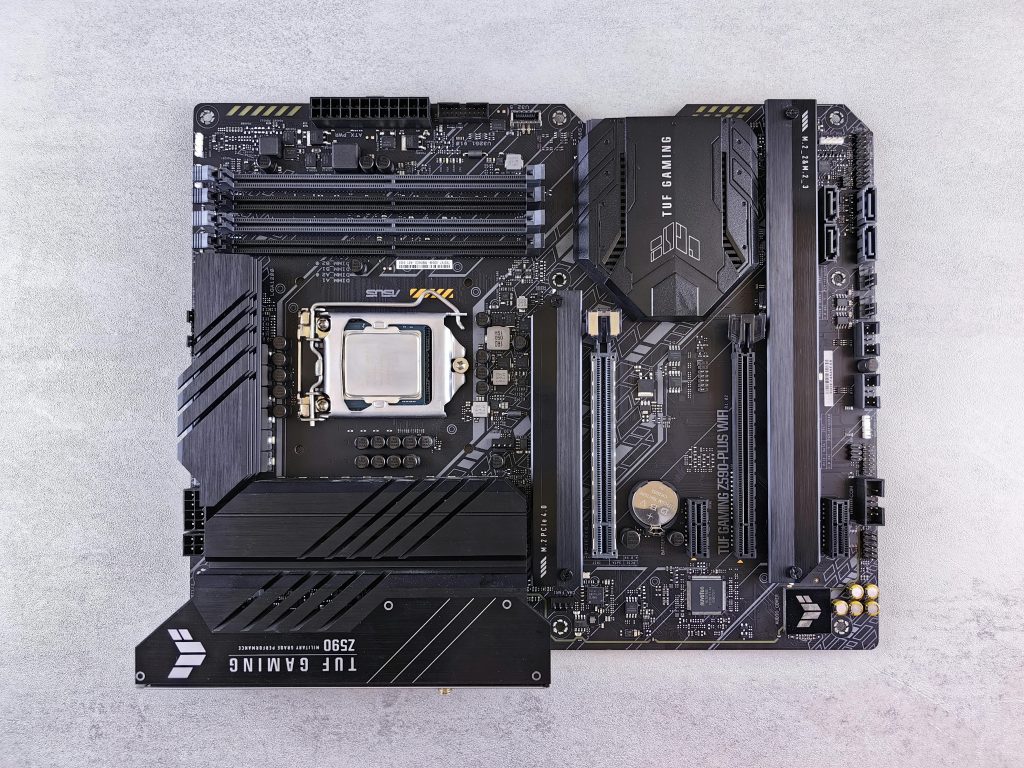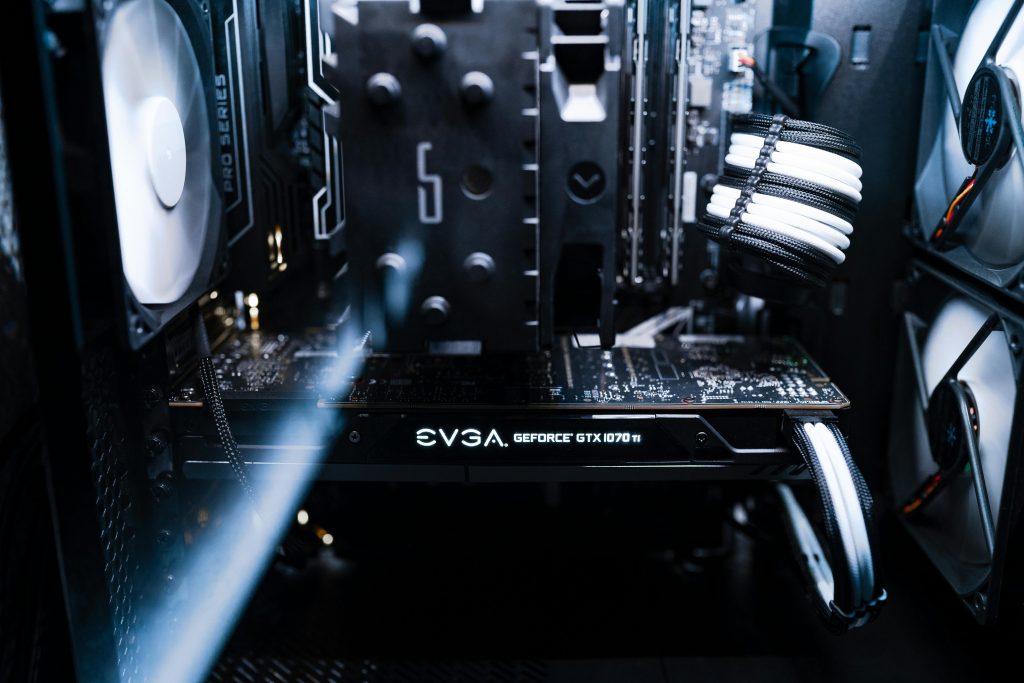The Curious Case of My SSD: A Disappointing Discovery
Last year, I was thrilled to receive a 2TB SSD as a gift. It seemed like a fantastic addition to my tech arsenal, and I was eager to utilize its extensive storage capabilities. However, my excitement turned to dismay when the drive recently failed.
In an attempt to understand what went wrong, I decided to open it up, hoping to find a simple fix. To my surprise, I discovered that what I believed to be a high-tech SSD was, in fact, merely a USB drive encased in a flashy shell. The realization left me baffled and frustrated—how could something marketed as an SSD turn out to be so misleading?
This experience serves as a reminder to be vigilant when purchasing tech gadgets, especially when they seem too good to be true. If you’ve had similar experiences, I invite you to share your stories and tips for recognizing genuine tech products versus imposters. Together, we can navigate the ever-evolving landscape of technology more wisely!
Share this content:




Response:
It’s unfortunate to hear about your misleading experience with the SSD. What you encountered is a classic case of misrepresentation in the tech market. Many manufacturers sometimes rebrand USB flash drives as SSDs, especially if they’re manufactured in bulk or aimed at uninformed consumers. Here are a few points to consider for the future:
Your experience highlights the importance of consumer awareness—by sharing insights like this, we can help others avoid similar pitfalls. If you’re looking for
It sounds like your “SSD” was actually a USB flash drive, which can sometimes be designed to resemble an SSD externally. To verify the type of device you have, you can connect it to your computer and check the device details:
If it turns out to be a USB flash drive, remember that these devices often have limited lifespan and might fail over time, especially if used heavily. For true SSDs, ensure you’re using appropriate SATA or NVMe interfaces, and check the drive’s health using tools like CrystalDiskInfo (Windows) or Smart Utility (macOS).
To avoid confusion in the future, always purchase from reputable vendors and verify product specifications before buying. If your “SSD” was falsely advertised, consider reaching out to the seller for a product clarification or return. And if you need further assistance diagnosing hardware or data recovery options, feel free to ask!